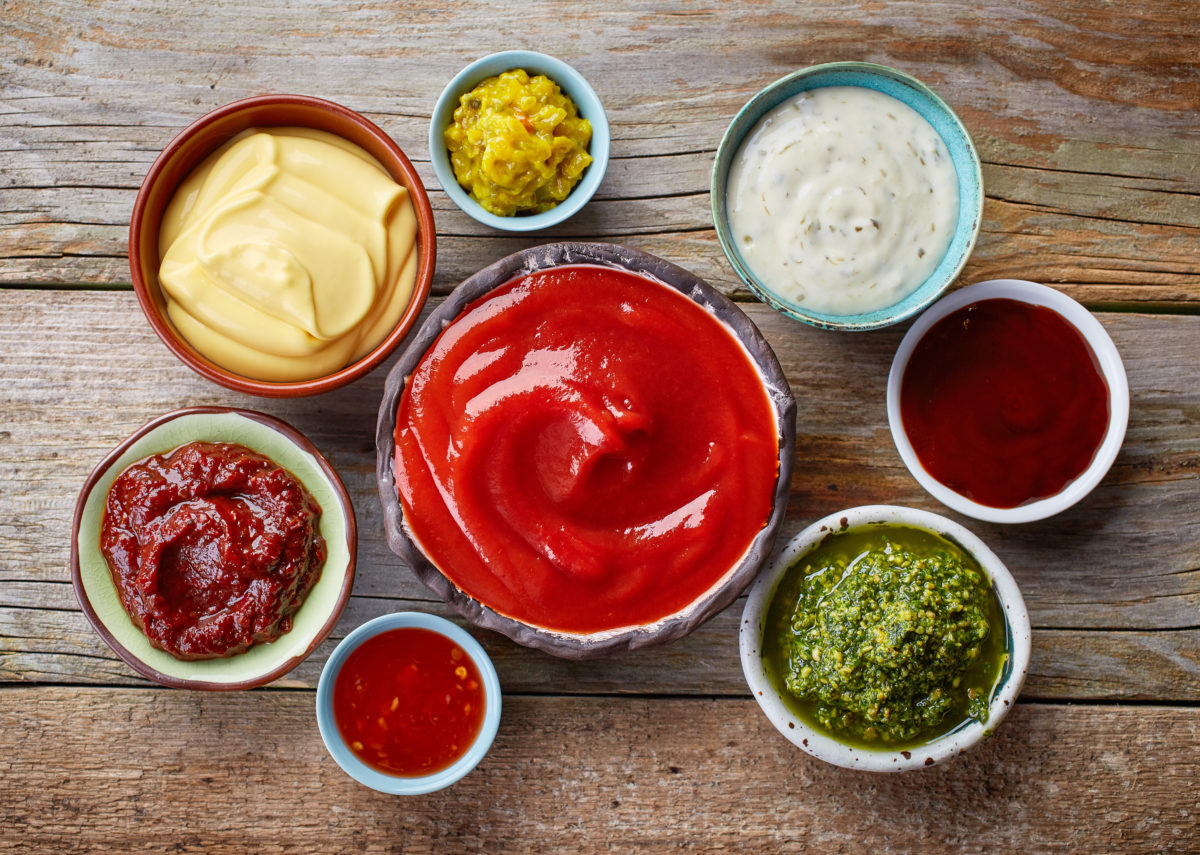Everywhere you look, you find news praising the health benefits of eating fish. Fish is a lean protein, packed with vitamins and minerals and low in saturated fat.
The kind of fish containing high levels of omega-3 fatty acids are even better for us! By now we know that they help lower the risk of heart attack, stroke, macular degeneration, arthritis, and Alzheimer’s disease.
OK I’m sold on fish – it’s an easy healthy choice to make. But what about all the scary effects of mercury contamination I’ve heard about? Is eating healthy not so simple, especially when it comes to fish?
FEAR NOT! It’s possible to reap the health benefits of fish while minimizing your intake of contaminants like mercury. We can even do it by supporting responsible fishing at the same time.
WHAT’S SO BAD ABOUT MERCURY?
Mercury occurs naturally in our environment and is in our air and water as a byproduct of industrial pollution. Once it’s in our water, bacteria convert it to methylmercury, which is then absorbed by fish.
The larger predatory fish (e.g. Shark, swordfish and some types of tuna) absorb the most toxins. As smaller fish are eaten by larger fish, mercury is concentrated and accumulates. In case you were wondering, no cooking method has an effect on mercury.
Mercury doesn’t affect us in a one-time dose. Yet if you regularly eat fish high in mercury, the metal can build up in your body, particularly in the brain and nervous system. This is why women who consume too much mercury around pregnancy may increase the risk of birth defects and learning disabilities in their children.
Mercury poisoning symptoms from contaminated fish ingestion can happen suddenly or over a period of time, depending on how much you consume!
Symptoms are mostly neurologic and can include:
- Tingling or needle-like sensations in the hands, feet or mouth
- Muscle weakness
- Loss of coordination
- Peripheral vision loss or impairment
- General speech and hearing issues
These symptoms can be vague and you may not be associating them with each other either. If you have any neurologic symptoms like those listed above, you should check with your doctor about your mercury levels.
WHY DO WE CARE ABOUT SUSTAINABILITY AND OVERFISHING?
The Earth’s population is growing at a rate faster than our food supply can keep up. Overfishing is the main cause of declining fish populations globally. When you hear the word “sustainability” it basically means that the seafood is caught in a way that doesn’t harm other species of fish and the environment.
Luckily, the healthiest and safest seafood choices are also the most environmentally friendly ones.
STICK TO THESE SAFE FISH
These are the safest fish for you to eat in terms of mercury toxicity for YOU and sustainability for the OCEANS:
Wild-Caught Salmon from Alaska*
- Less saturated fat that most farmed salmon!
Farmed Rainbow Trout
- An affordable seafood choice!
Wild-Caught Pacific Sardines *
- Packed with calcium and Vitamin D for bone health!
Troll-Caught or Pole-Caught Albacore Tuna
- Caught in Western US and Canadian waters, younger fish less laden with mercury, safer than net-caught tuna – harder to find – albacore tuna sold in most stores is net-caught and from areas high in mercury.
Canned Light Tuna
- lower in mercury – just limit to one 6 ounce serving a week.
Arctic Char
- Versatile fish similar to trout, can be cooked many ways!
Farmed Mussels
- Cook in 3 minutes! Packed with iron and zinc!
Farmed Oysters
- Packed with zinc which is linked to men’s sexual health
Wild-Caught West Coast Dungeness Crab
- Not caught by nets like king crab, so safer for the rest of the ocean
Wild Atlantic Longfin Squid*
- Try a sautee instead of deep frying for a healthier calamari
Anchovies*
- Packed with iron!
*(Also high in omega-3’s)
FISH TO STEER CLEAR OF:
These fish are higher up on the food chain and packed with contaminants, not limited to mercury!
- Swordfish
- Tilefish
- Shark
- King Mackerel
- Albacore tuna and tuna steak
- Tilapia farmed in China (not a fish high in Omega 3’s anyway!)
And FINALLY, I think it’s important to keep up to date with seafood data and guidelines. Mercury levels, the sustainability of certain seafood, and other factors may change with time!
A great website for this is MontereyBayAquarium.org. It has a “super Green list” that rates seafood by their contamination, omega-3 content as well as sustainability rankings. I have it bookmarked and refer to it whenever I need a reminder or update on my seafood choices.
 English
English French
French German
German






